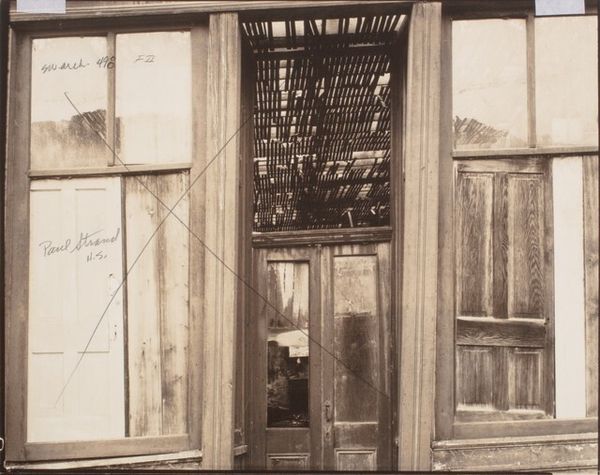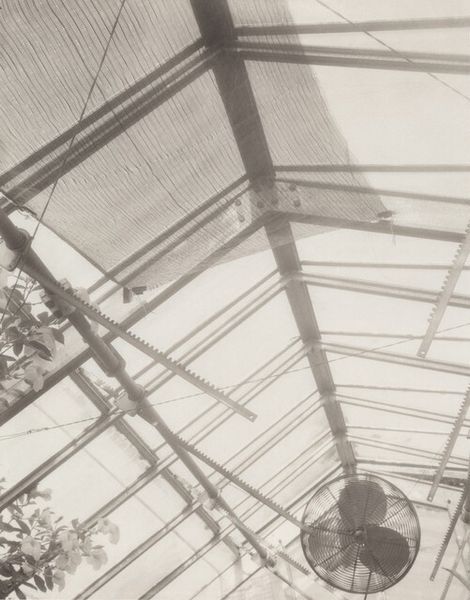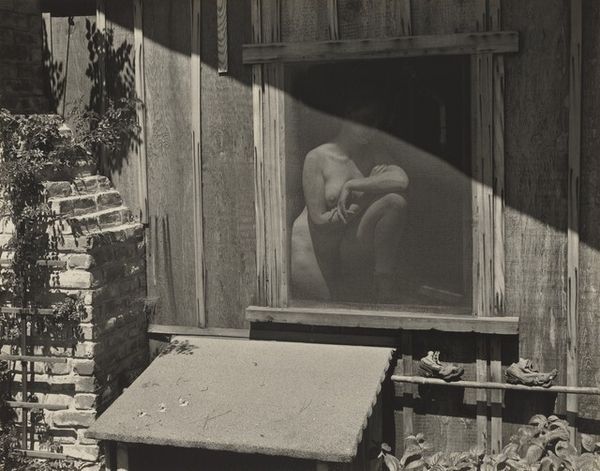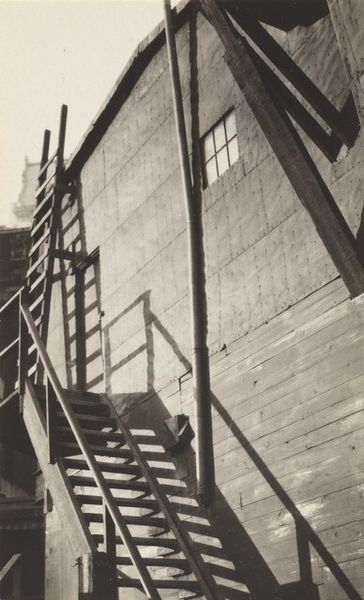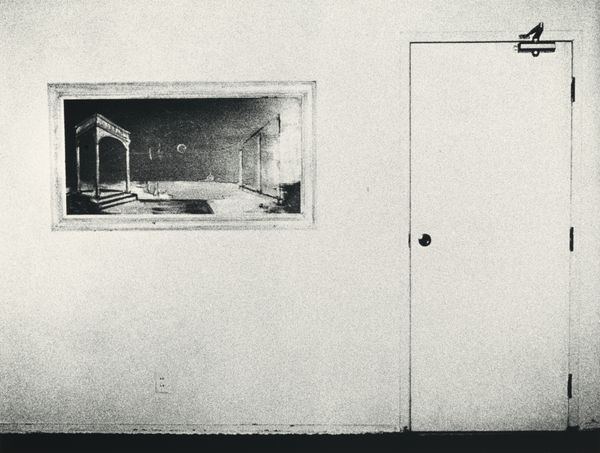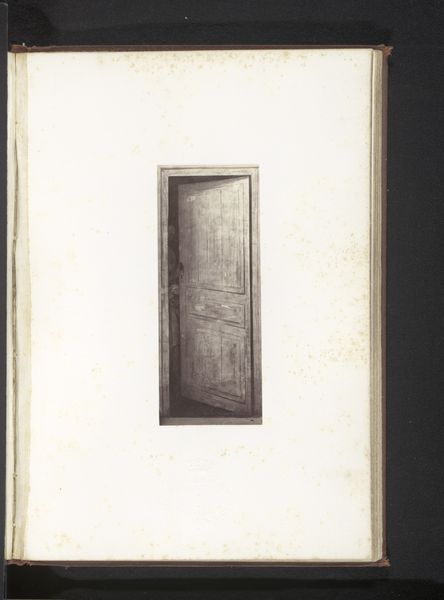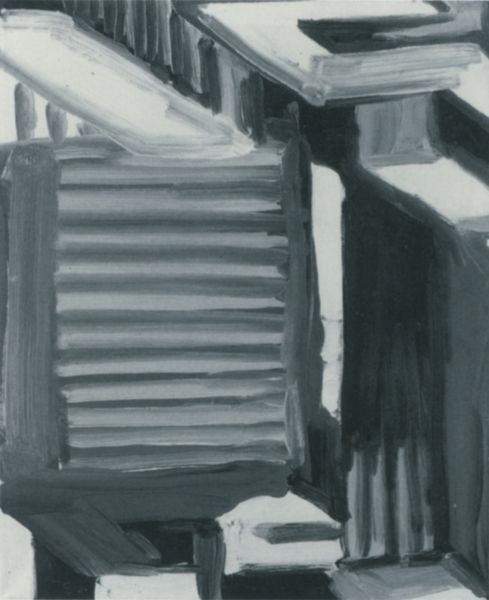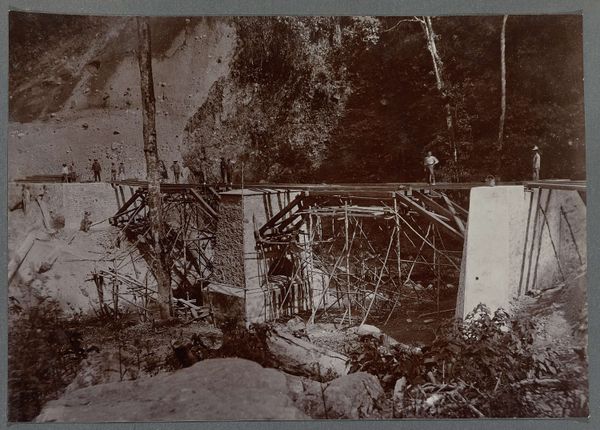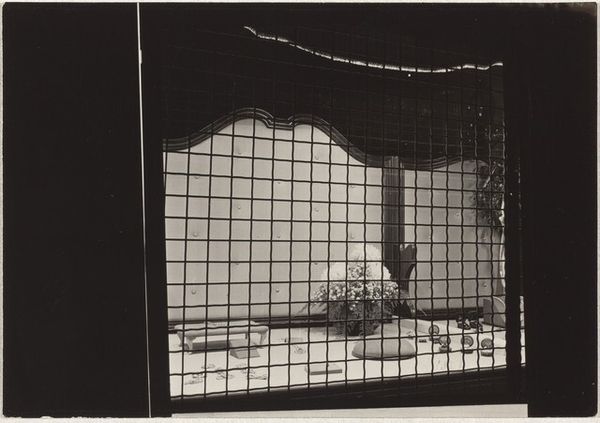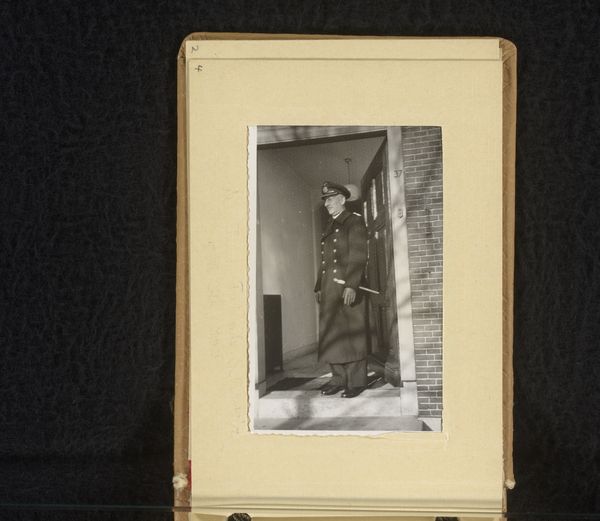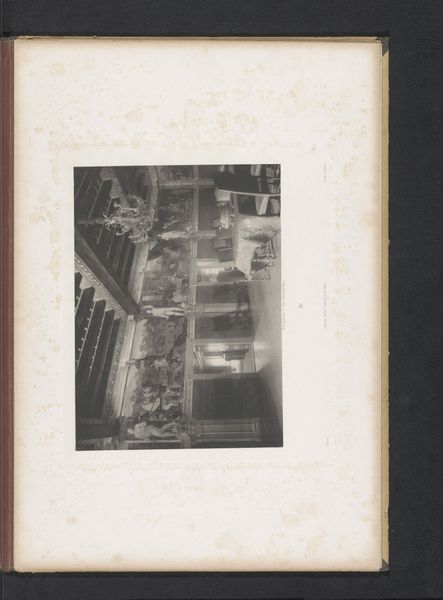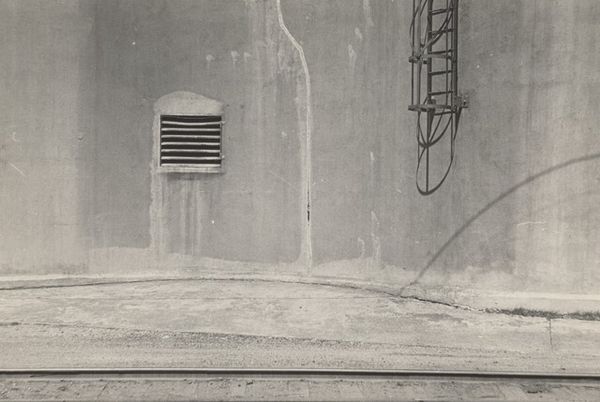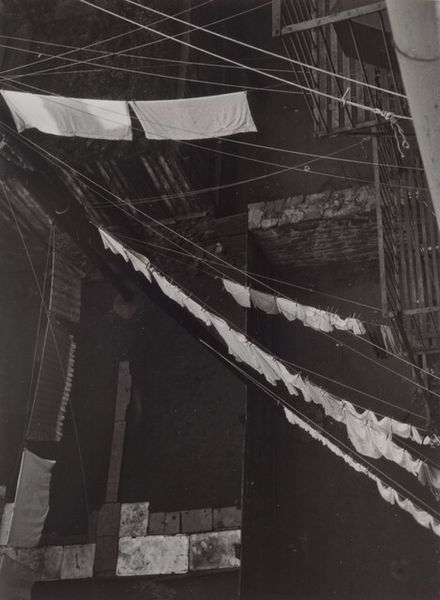
photography, gelatin-silver-print
#
landscape
#
archive photography
#
photography
#
historical photography
#
gelatin-silver-print
#
monochrome photography
#
modernism
#
realism
#
monochrome
Dimensions: image (visible): 24.1 × 19.3 cm (9 1/2 × 7 5/8 in.) mat: 56.5 × 45.3 cm (22 1/4 × 17 13/16 in.)
Copyright: National Gallery of Art: CC0 1.0
Curator: Up next we have "Window," a gelatin silver print created by Alfred Stieglitz in 1923. Editor: The mood is certainly somber, bordering on derelict. The grimy monochrome palette only accentuates the state of decay hinted at by the window's shattered panes and warped frame. Curator: It's interesting you say that, considering Stieglitz's complex relationship to realism and modernism. The photograph isn’t just a detached record of reality. Consider Stieglitz's gallery "291" and his role in introducing European modernism to America, or the way he challenged pictorialist conventions with his "straight photography." Editor: But there is no question that the visible deterioration affects reception. Beyond formalist concerns of composition and light, there’s the history embedded in those warped wooden frames. Who lived here? What narratives do these broken windows silently hold? Curator: Exactly! I find myself drawn to the way Stieglitz presents a sort of fractured reality – layers of glass, chicken wire, a world glimpsed through distortion. We might reflect on the function of windows – instruments for both observation and partition. Are we looking in or are we looking out? And for whom? This connects to the themes of transparency and access that are crucial in understanding the social role of photography at the time. Editor: Well put. Stieglitz was indeed shaping the narrative around the artistic potential of the camera itself. This work begs a socio-political reading, thinking about class and maybe loss? It evokes questions regarding representation of those often unseen in dominant cultural narratives. The composition itself feels so intimate, we almost become voyeurs on forgotten moments. Curator: And it urges reflection on our own positions, how we perceive the past and the social context from which the photograph and the image was created. It is a profound, albeit understated piece, full of quiet social commentary. Editor: Absolutely. Even this seemingly simple subject offers so much for consideration. The past as viewed from our present.
Comments
No comments
Be the first to comment and join the conversation on the ultimate creative platform.

